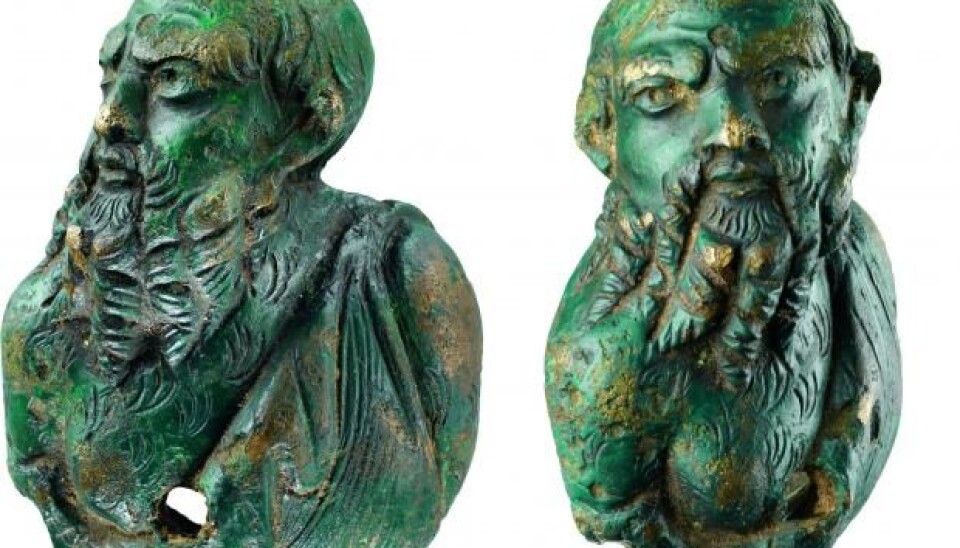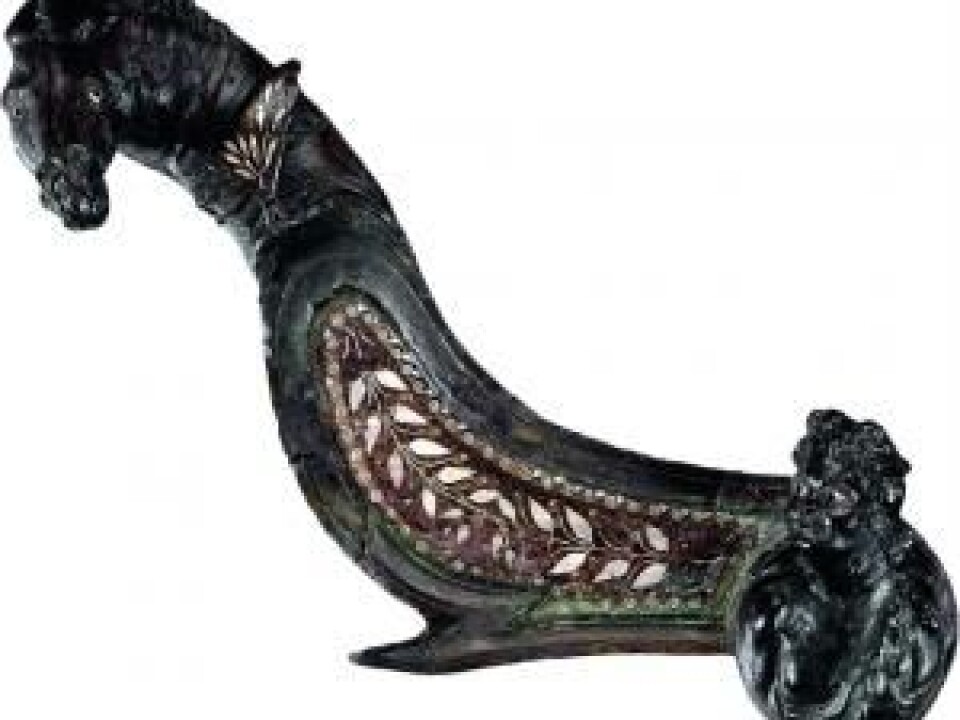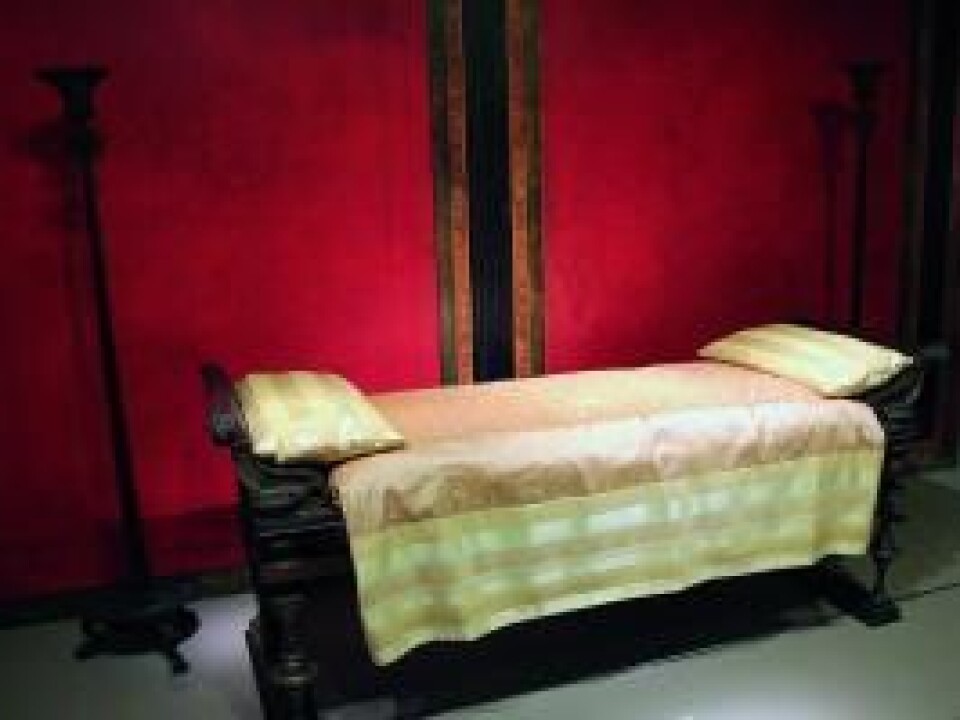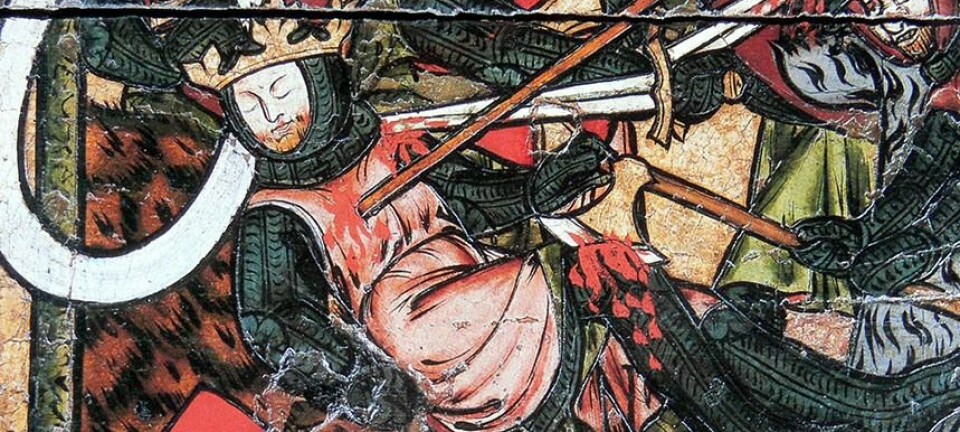
Roman drunkard found on Danish island
A new archaeological find on the Danish island of Falster can be traced back to the first Roman Emperor, Augustus.
A bronze figure representing the Greek figure Silenus, from the time of Rome's first emperor, Augustus, has been found on the south-eastern Danish island of Falster.
This find suggests that there was close contact between the Roman empire and Scandinavia, before and after the emperor's reign.
A Roman on Falster
The tiny bronze figure represents an elderly, bearded, balding man with thick lips and a plump nose. The find, just 4.5 cm tall, was found using a metal detector.
At first sight the figure seemed so finely detailed that the finder took it home in the belief that it was a modern object. Later she handed it over to the National Museum of Denmark. Here experts were quickly able to ascertain that the figure represented not a man, but Silenus.

In Greek mythology, Silenus (Greek: Seilenos) was a companion and tutor of the wine god Dionysus. He appeared together with satyrs and other creatures in the wine god's entourage, resembling a satyr, although, he was considerably older. The character Silenus ended up as a very special genre of figure creatures known as sileni.
In Roman art Silenus is also seen together with satyrs, here accompanying Bacchus, the Romans' equivalent of Dionysus. He is usually seen in a drunken state and either has to be carried by others or hangs over the back of a mule.
Couch ornamentation
According to Roman custom, people lay down to dine on special occasions on a lectus tricliniaris, a special couch with a headrest. These lecti were decorated with figures related to food and wine.
The small Silenus figure from Falster was originally a fitting from the headrest of such a lectus. Selini were standard motifs on these couches.

The Selinus bust would typically sit, rather like a medal, on one end of the s-shaped fulcrum that formed the side of a headrest. The other end of the fulcrum was shaped like the head of a mule, the mule that carried the drunken Selinus.
The way to Falster
But how did the Selinus figure finds its way to Falster?
It is hard to imagine actual Roman villas on Falster, even though a good many finds suggest that the neighbouring islands had quite close connections with the Roman empire around the time of the birth of Christ.
War trophy?
The miniature Silenus figure from Falster is the first find in Denmark of a lectus fitting.
However, among the many Roman bronze fittings which, like the Silenus figure turned up in Danish soil, there have been many furniture fittings and those from tools and other equipment.
The fittings are known from grave finds and single finds, such as the Selinus figure.
The uncertainty as to whether they came to Denmark as loose objects or actually adorned furniture makes is difficult to determine why they were brought.
A find has actually been made of a burial outside the boundary of the Roman empire. Here the person was buried together with their couch. However, for the time being, we believe it is most likely that the bronze artefacts were brought to Denmark solely as curiosities or objects of art, as gifts, war trophies or traded goods.
-----------------------
Read the original story in Danish on Videnskab.dk
Translated by: Hugh Matthews









